First of all, I don't have much electronic knowledge. I am having trouble connecting the LEDs in parallel.I have two types of LEDs which have different power.Here are some current measurements:
The red LED draws 1A when driven alone.

The blue LED draws 0.5A when driven alone.
When connecting two red LEDs in parallel:

When connecting two red LEDs and 1 blue LED in parallel:

(1) Why did the 2 red LEDs not draw 2A?
(2) Why 2 red and 1 blue led did not draw 2.5A?
Note:My power supply is 30 volts and 50 amps.
